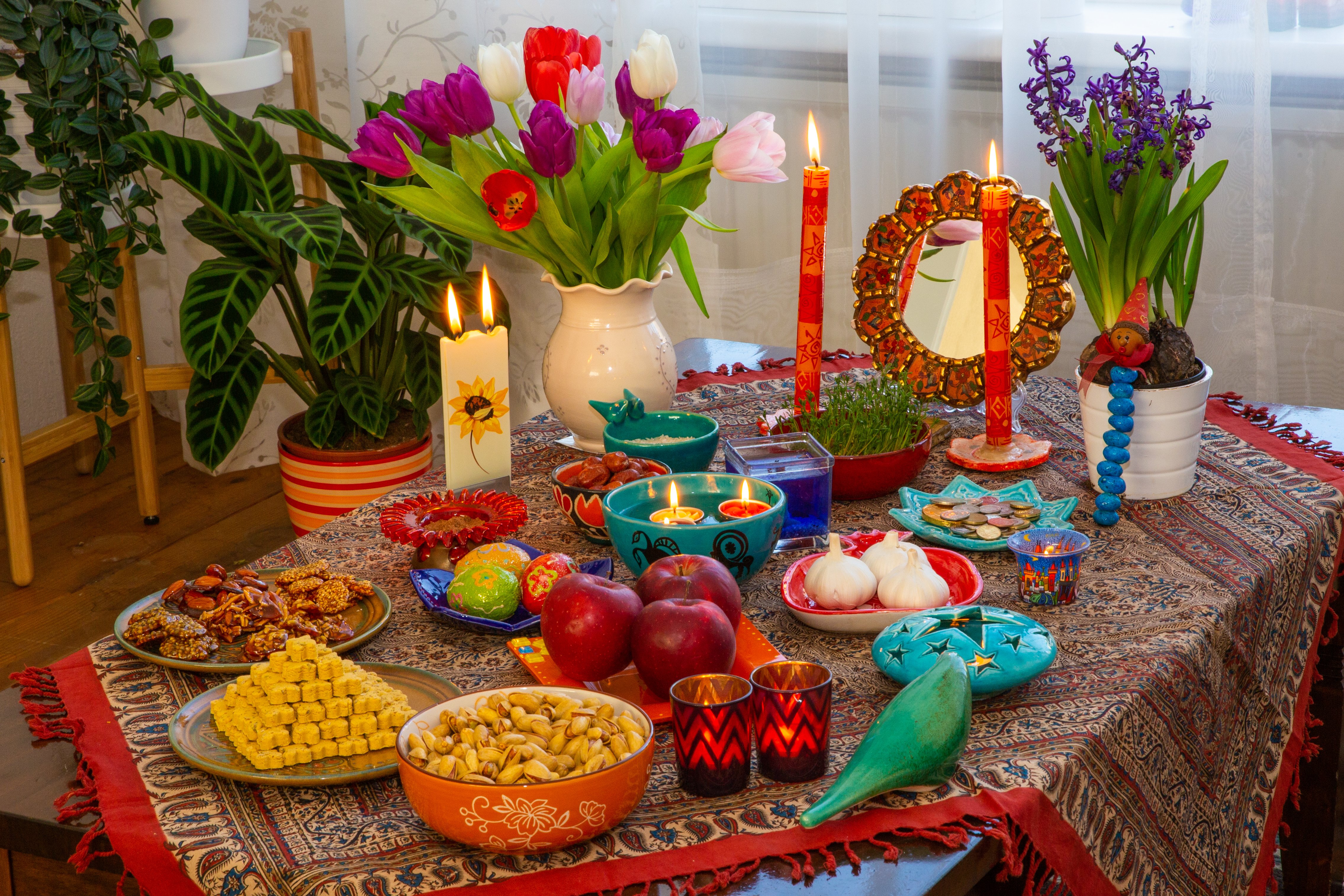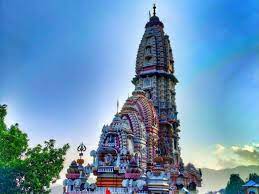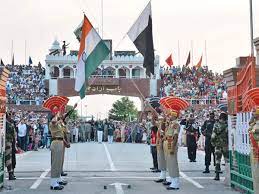HISTORY AND CELEBRATION OF NOWRUZ

Nowruz celebrated on the vernal equinox, marks the beginning of the Persian New Year and is observed by millions worldwide, particularly in Iran and across Central Asia. Derived from ancient Zoroastrian traditions, Nowruz translates to "New Day" and symbolizes renewal, rebirth, and the arrival of spring. Its roots trace back over 3,000 years, making it one of the oldest continuously celebrated festivals in the world. This joyous occasion transcends cultural and religious boundaries, embracing diverse communities and fostering unity. Preparations for Nowruz often begin weeks in advance, with households engaging in thorough spring cleaning, symbolizing the cleansing of the past year's troubles and making way for new beginnings. Families gather to decorate their homes with symbolic items such as colorful rugs, fresh flowers, and the iconic haft-seen table, adorned with seven items starting with the Persian letter "S," each representing different hopes and wishes for the coming year.
Nowruz festivities typically last for thirteen days, during which people engage in various customs and rituals, including visiting friends and family, exchanging gifts, and enjoying traditional foods. Music, dance, and poetry recitations further enhance the celebratory atmosphere, reflecting the rich cultural heritage associated with Nowruz. Beyond its cultural significance, Nowruz embodies universal themes of hope, resilience, and optimism, making it a cherished time for reflection, renewal, and collective celebration.
HISTORY OF NOWRUZ
Nowruz, originating from ancient Persian traditions, holds profound cultural and historical significance, celebrated to mark the arrival of spring and the beginning of the new year. With roots dating back over 3,000 years, it predates the rise of Islam and traces its origins to the Zoroastrian religion, which was prevalent in ancient Persia. The festival symbolizes themes of rebirth, renewal, and the triumph of light over darkness. Its timing, aligned with the vernal equinox, signifies the balance between day and night, reflecting the eternal cycle of life and nature's rejuvenation.
Nowruz embodies a rich tapestry of rituals and customs, each steeped in symbolism and tradition. From the thorough spring cleaning symbolizing purification to the haft-seen table adorned with symbolic items representing various aspirations, every aspect of Nowruz carries profound meaning. Throughout history, Nowruz has endured as a testament to the resilience of Persian culture, surviving conquests, invasions, and political upheavals. Today, it remains a cherished occasion celebrated by millions worldwide, fostering a sense of unity, cultural pride, and community spirit among diverse populations across the globe.
CELEBRATION OF NOWRUZ
Nowruz, the Persian New Year festival, is celebrated with great fervor and enthusiasm by millions of people around the world, transcending geographical and cultural boundaries. While its roots lie in ancient Persia, Nowruz has become a global celebration embraced by diverse communities across different continents. In Iran, the heartland of Nowruz festivities, preparations begin weeks in advance, with families engaging in thorough spring cleaning and decorating their homes with colorful rugs, fresh flowers, and the iconic haft-seen table. The thirteen-day celebration is marked by visits to friends and family, exchanging gifts, and enjoying traditional foods, music, and dance.
In Central Asia, countries like Afghanistan, Tajikistan, and Uzbekistan, Nowruz is a major cultural event, with similar customs and rituals observed. In Azerbaijan, Nowruz is celebrated as a public holiday, featuring elaborate street festivals, concerts, and folk performances. Outside the traditional Persian sphere, Nowruz is also celebrated in countries like Turkey, India, and parts of the Balkans, where communities with Persian heritage continue to uphold the festival's traditions. Moreover, in recent years, Nowruz has gained recognition and popularity on the global stage, with UNESCO declaring it an Intangible Cultural Heritage of Humanity, further cementing its significance as a cherished cultural tradition celebrated by people of various backgrounds worldwide.
You may like post

HIDDEN INDIAN SITES WORTHY OF UNESCO
Exploring India’s Sites That Should Be on the UNESCO World Heritage List

EMBARK ON A DIVINE JOURNEY TO ICONIC RAM TEMPLES THIS RAM NAVAMI
Exploring the Pilgrimage to Renowned Ram Temples in India During Ram Navami








